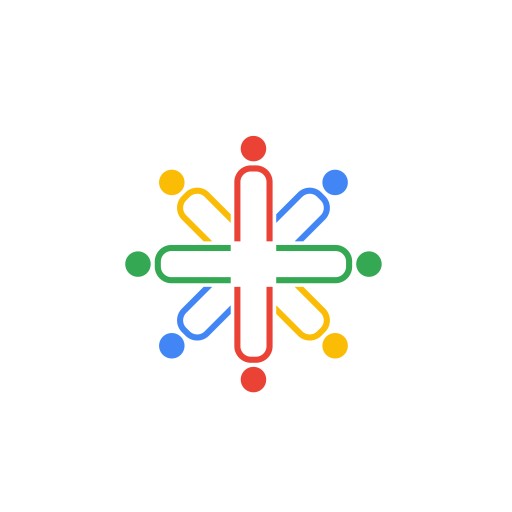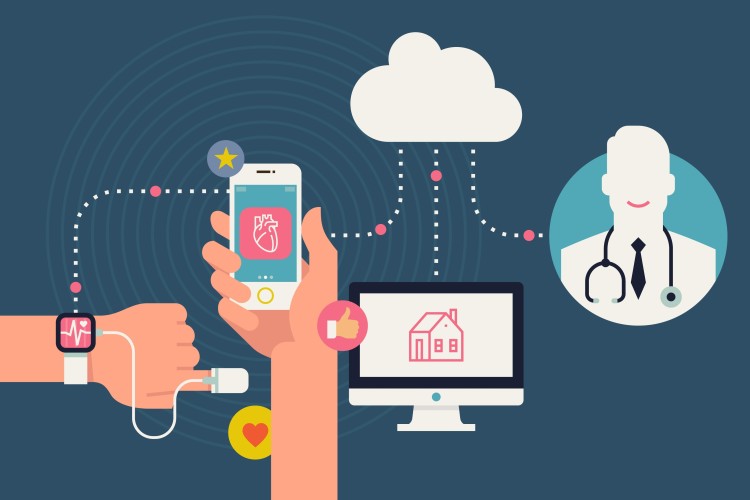Ubiquitous connectivity and computing are bringing about unprecedented mobility—facilitating working, entertainment, shopping, socializing, gaming, and more, anytime, anywhere. Wearables enable wireless health, which in turn enables diagnosis, therapy, and monitoring of health-related conditions by tracking biometric readings, relevant biomarkers, managing treatment regimen, and monitoring progress—while patients go about their daily life. Continued emergence of wireless health is a near certainty, given its significant potential benefits to healthcare delivery systems and increasing patient demand for mobility.
The U.S. healthcare system’s fee-for-service model is reactive to illness. An aging population, longer lives, and increasing cases of chronic diseases are some of the key drivers escalating healthcare expenditures. Chronic diseases—hypertension, obesity, arthritis, asthma, chronic kidney disease, depression, chronic obstructive pulmonary disease, diabetes, sleep disorder, and heart failure—account for a sizable portion of the U.S. healthcare expenditures.
The digital health industry has seen nearly 300 funding deals, totaling $6.5 billion, through the first half of 2017, according to StartUp Health Insights Mid-Year Funding report.
The report analyzed public data on seed, venture, corporate venture and private equity funding for global digital health companies through June 30, 2017. StartUp Health Insights predicts industry investments to trend past $100 million throughout the remainder of the year.
Here are seven report insights:
1. May boasted the most funding of the first six months of 2017 with $1.7 billion invested in 54 companies.
2. There were more Series A deals (104) than seed deals (93) in the first half of 2017.
3. The San Francisco bay area was the most active area in the U.S. for digital health funding deals, drawing in $2.3 billion.
4. Workflow, big data/analytics, wellness, medical devices, personalized health/quantified-self and research sectors received the most Series A funding.
5. Patient/consumer experience, workflow and big data/analytics sectors received the most seed funding.
6. At mid-year 2016, there were $2.1 billion reported investments.
For these and other digital technologies to take hold and reach their fullest potential, it is critical that FDA be forward-leaning in making sure that we have implemented the right policies and regulatory tools, and communicated them clearly, to encourage safe and effective innovation. In this rapidly changing environment, ambiguity regarding how FDA will approach a new technology can lead innovators to invest their time and resources in other ventures. To encourage innovation, FDA should carry out its mission to protect and promote the public health through policies that are clear enough for developers to apply them on their own, without having to seek out, on a case-by-case basis, FDA’s position on every individual technological change or iterative software development.
Because external devices are usually sensors—to make measurements—the terms ‘sensor’ and ‘device’ are used interchangeably here. Focusing on solutions enabled by external devices is not exclusive to also using a phone’s embedded sensors. It should be noted that external devices may be peripherals, such as biometric data routers, that facilite the transmission of data from sensors.
Apps may originate from payers, providers, or third parties. Providers are increasingly branding their own apps to engage their patients and enhance their services. Inevitably, these provider apps will tie into the provider’s electronic records, providing access to the patients. Payer apps enhance external-facing service enhancements for patients and providers. Third-party apps that facilitate a variety of workflow, engagement, and care delivery needs may be for payers, providers, and patients to provide.
Generally speaking, there are three basic approaches to wireless health devices: app-driven, device-driven, and service-driven. Solutions often combine permutations of two or all of these approaches, to solve more complex needs, enhance differentiation, rationalize higher prices, and increase barrier to entry of competitors.
Because external devices are usually sensors—to make measurements—the terms ‘sensor’ and ‘device’ are used interchangeably here. Focusing on solutions enabled by external devices is not exclusive to also using a phone’s embedded sensors. It should be noted that external devices may be peripherals, such as biometric data routers, that facilitate the transmission of data from sensors.
Apps may originate from payers, providers, or third parties. Providers are increasingly branding their own apps to engage their patients and enhance their services. Inevitably, these provider apps will tie into the provider’s electronic records, providing access to the patients. Payer apps enhance external-facing service enhancements for patients and providers. Third-party apps that facilitate a variety of workflow, engagement, and care delivery needs may be for payers, providers, and patients to provide.
One of the great disruptions will come from a growing array of apps in many countries around the world that give consumers direct access to qualified GPS on their mobile phones.
Fitbit Health Solutions is the new brand name that has consumed Fitbit Group Health and Fitbit Digital Health. This change signifies a new strategy to go after health plans and health systems using similar methods from their enterprise opportunities that continuously engage, encourage and help maintain care for users.
Digital technologies are creating a new and rapidly changing global health care landscape, and are transforming the delivery of health care and the management of population health. Change, progress and opportunity continue in the digital health space for the benefit of the patient and your medical experience.


Recent Comments